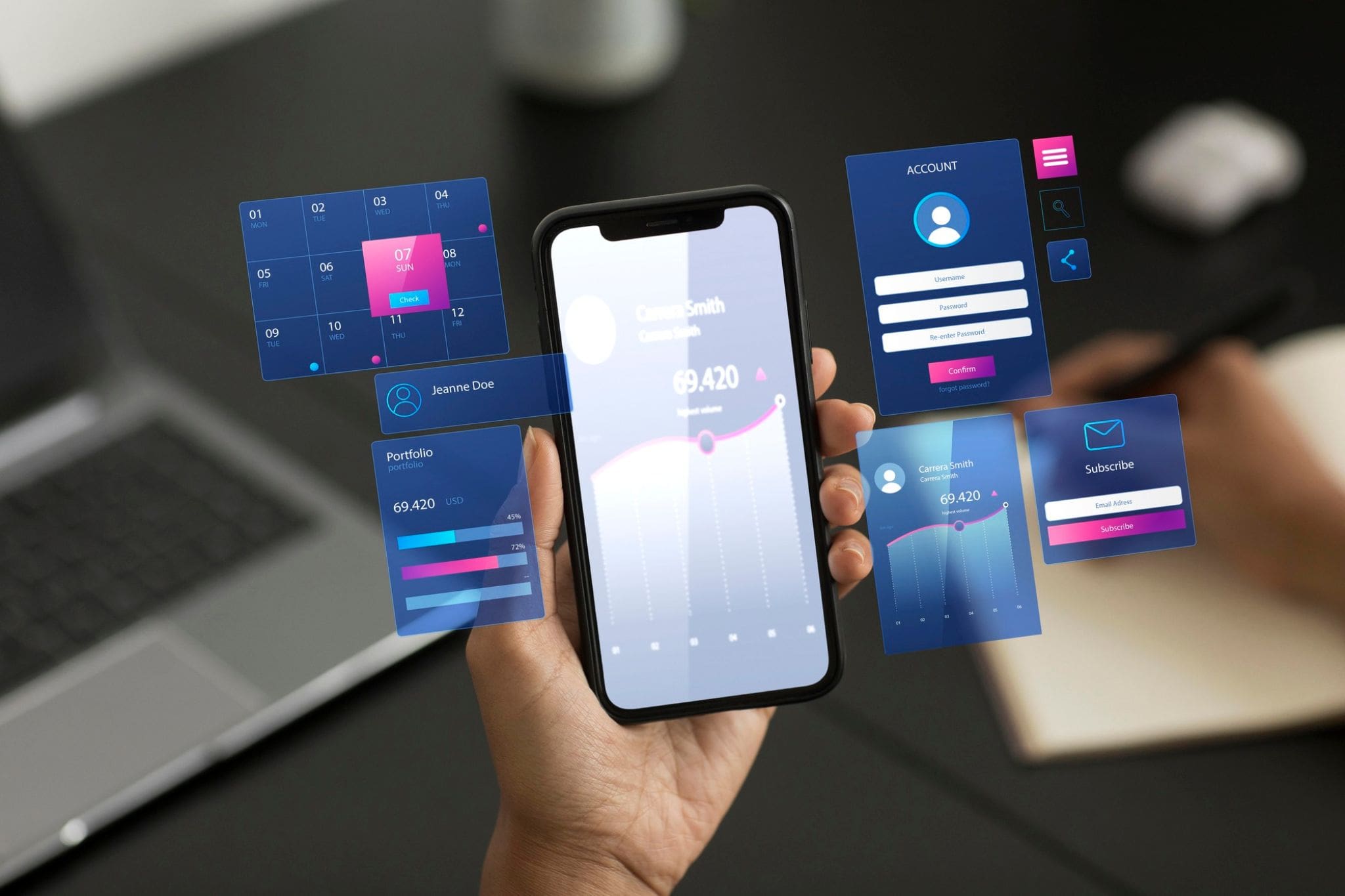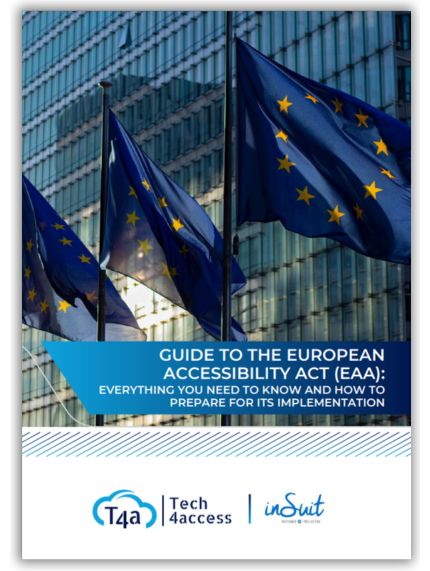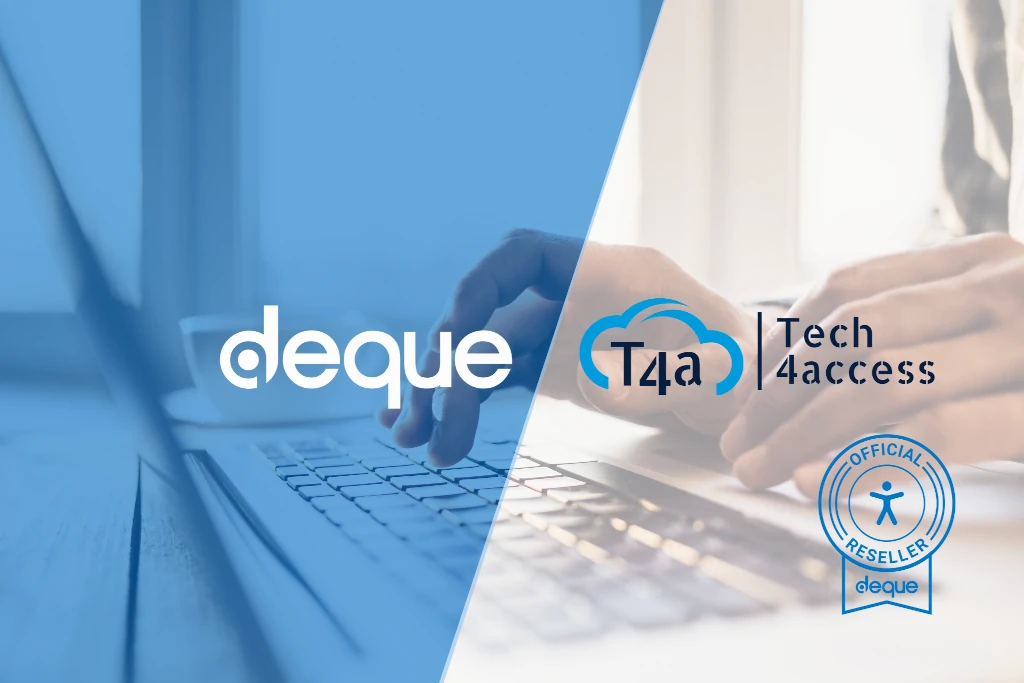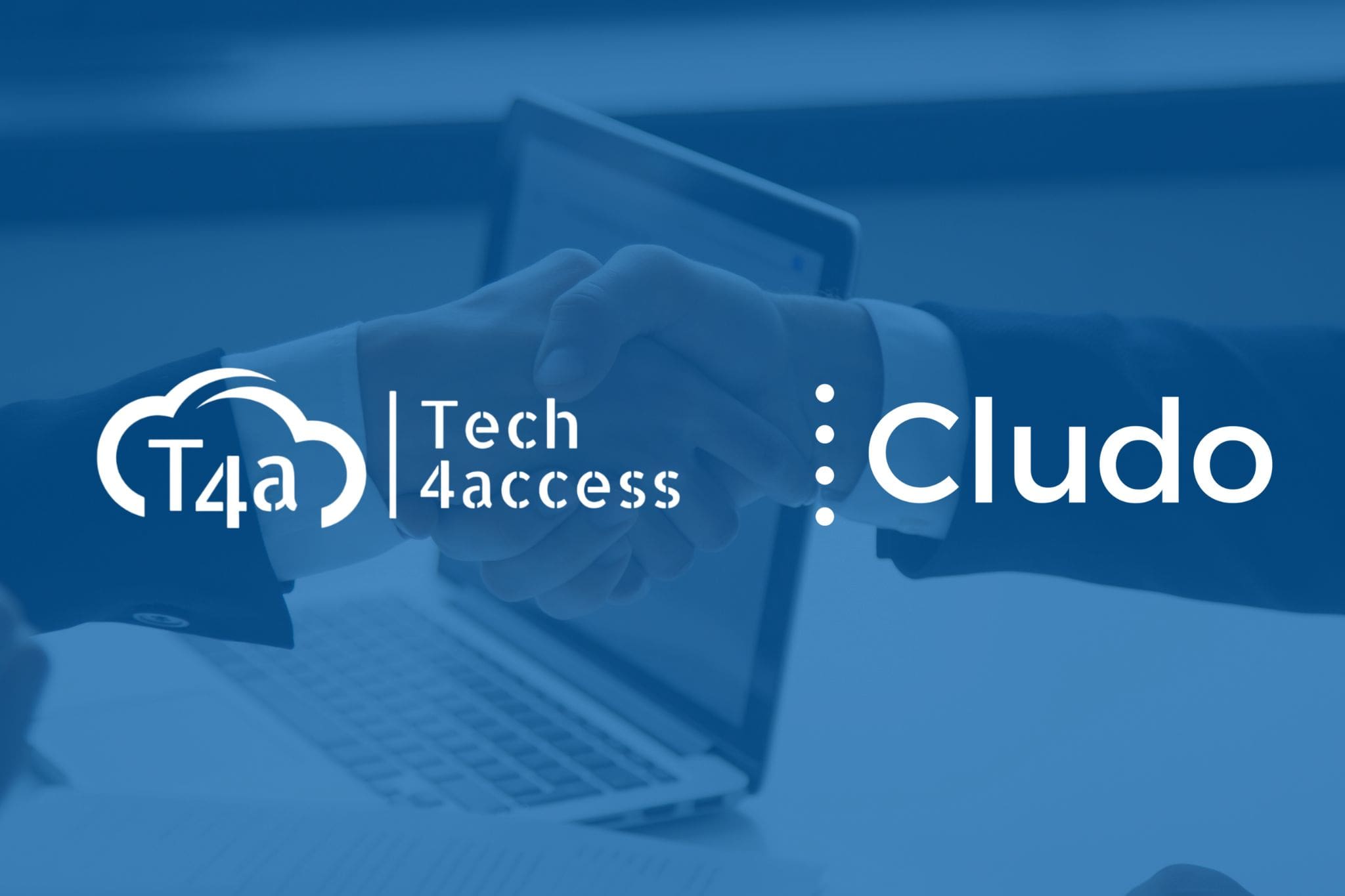Nowadays, digital assets are a key pillar for businesses. These resources including websites, apps and communication platforms are essential for managing operations, engaging with customers and delivering digital services among many other tasks.
With the European Accessibility Act (EAA) coming into force on 28 June, accessibility requirements will be established for certain digital assets. These requirements will be mandatory for companies offering products and services. The goal is to ensure that everyone, including people with disabilities can access them without barriers.
At this stage, it is crucial for companies to identify their digital assets, understand their nature, and determine which ones fall under the scope of the legislation.
In this article, we explain how to do so and how the Service for Integrated digital Accessibility (SIA®) can support you throughout the process.
What are digital assets?
A digital asset is any resource in digital format that holds value for a business. It may be something created by the company, something it manages, or even something generated by a third party or by users themselves. The key point is that these assets support the business’s operations, communication, or overall value proposition.
They can be visible elements, such as a website or an online store, or intangible ones, like data stored in a customer database. All of them share a common trait: they are strategic resources that must be properly identified and effectively managed.
Types of digital assets
Owned assets
These are digital resources that belong directly to the company. The organisation has full control over their use and management. A website or mobile app developed in-house would be considered an owned asset. As the owner, the business defines how it is presented, updated, and functions.
Third-party assets
This category includes digital resources used by the business but hosted or managed on external platforms. While often essential to digital strategies (like social media profiles or marketplace accounts), they are subject to third-party rules and conditions.
User-generated assets
These are contents created directly by customers or users in relation to the brand. From reviews to product videos, these assets add value by enhancing credibility and organically extending the company’s reach. This type of asset has gained increasing importance in recent years.
Digital assets affected by accessibility regulations
The EAA requires certain digital assets to be accessible to everyone. Identifying these assets is key to complying with the regulation and avoiding penalties. The law aims to ensure that no user is excluded from accessing digital products and services.
Key EAA obligations regarding digital assets
- Companies must ensure their digital assets are accessible by 28 June 2025.
- Compliance with recognised standards is required, such as EN 301 549 and the Web Content Accessibility Guidelines (WCAG).
- It applies to key sectors such as e-commerce, banking, telecommunications, and digital services.
- Penalties may be imposed on companies that fail to ensure the accessibility of their digital platforms.
Main digital assets subject to this regulation
- Websites, online platforms, and e-commerce platforms
- Mobile applications
- Electronic communication platforms
- Multimedia content
- Hardware with a digital interface (e.g., self-service terminals)
- Software and operating systems
- Non-web documents distributed electronically
If your company operates in the digital space, it is essential to identify these assets and implement the necessary improvements as soon as possible to ensure accessibility. This not only ensures legal compliance but also helps deliver inclusive, accessible services for all members of society.
How can I ensure the accessibility of my digital assets?
The first step towards complying with the European Accessibility Act before it comes into force on 28 June 2025 is to identify your organisation’s digital assets.
The next step is to audit each asset to determine whether it meets the required accessibility standards. If not, adaptations will need to be made to ensure compliance with the required level of accessibility.
Digital accessibility is no longer optional: it is a legal obligation and an opportunity to enhance the user experience for everyone.
To support this process, Tech4access’s Integrated digital Accessibility Service (SIA®) offers a complete, long-term solution. Its approach covers everything from the initial audit to the implementation of improvements, ongoing monitoring, and certification through ENAC-accredited inspection under technical standard EN 301 549 (legally recognised in the EU and over 100 countries).
SIA® ensures your digital assets comply with the required standards, making the process efficient and hassle-free.
Taking the step towards digital accessibility today not only helps you avoid penalties, but also positions your company as a leader in social responsibility and digital inclusion.
If you’d like to know exactly what’s required to comply with the new regulation before it comes into force, download our European Accessibility Act Guide now and start building a digital experience that’s accessible to all.






